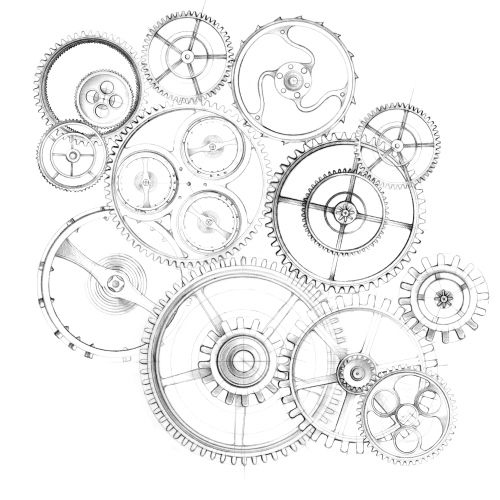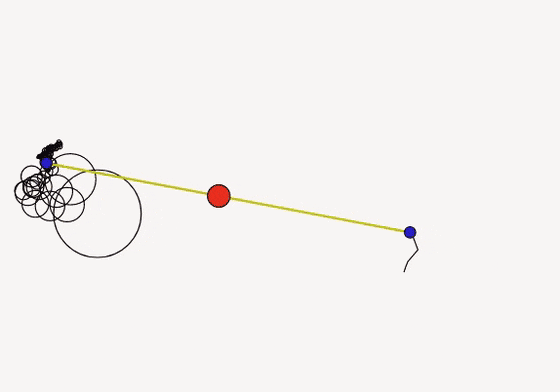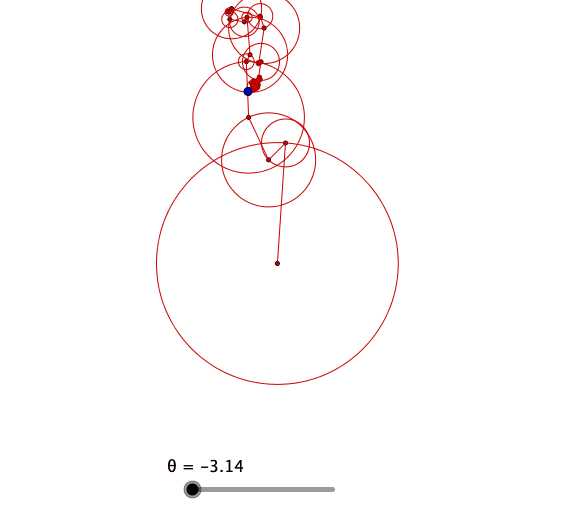Accueil

Connexion

Liste des cours

Exercices

Projets

Département SD

How To

| Permet de lire le cours en ligne | |
 |
Charge la feuille de TD |
 |
Charge la feuille de TP (jupyter) |
 |
Permet de voir la vidéo du cours |
 |
Permet de voir une vidéo complétant le cours |
 |
Exercice en ligne |



Code $\LaTeX$ (tikz):
\begin{tikzpicture}
\draw[->] (-11,0)--(11,0);
\draw[->] (0, -11)--(0, 11);
\draw[domain=0:360, samples=100, ultra thick, magenta]
plot(
{6*cos(\x)+1.5*cos(2*\x)+2*cos(4*\x)+2.6*sin(2*\x)},
{6*sin(\x)-1.5*sin(2*\x)+2*sin(4*\x)+2.6*cos(2*\x)}
);
\end{tikzpicture}